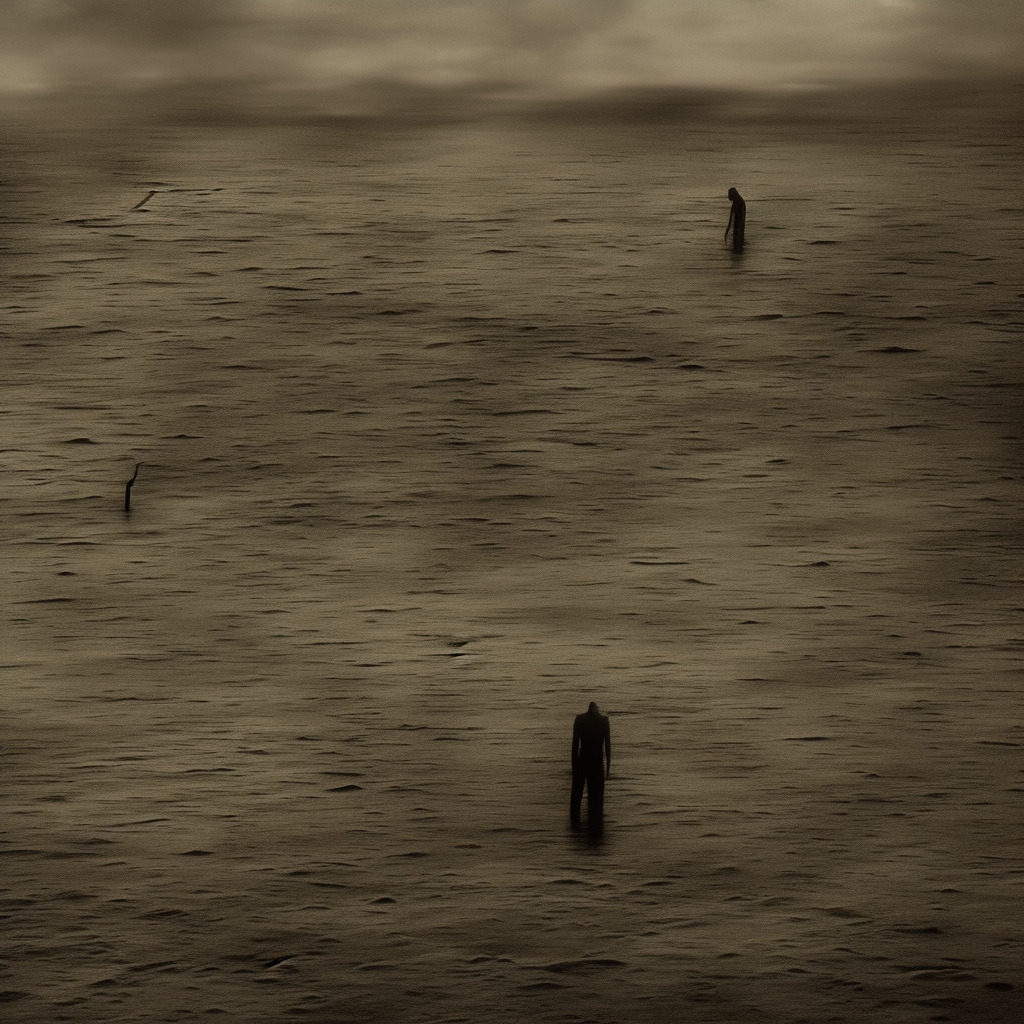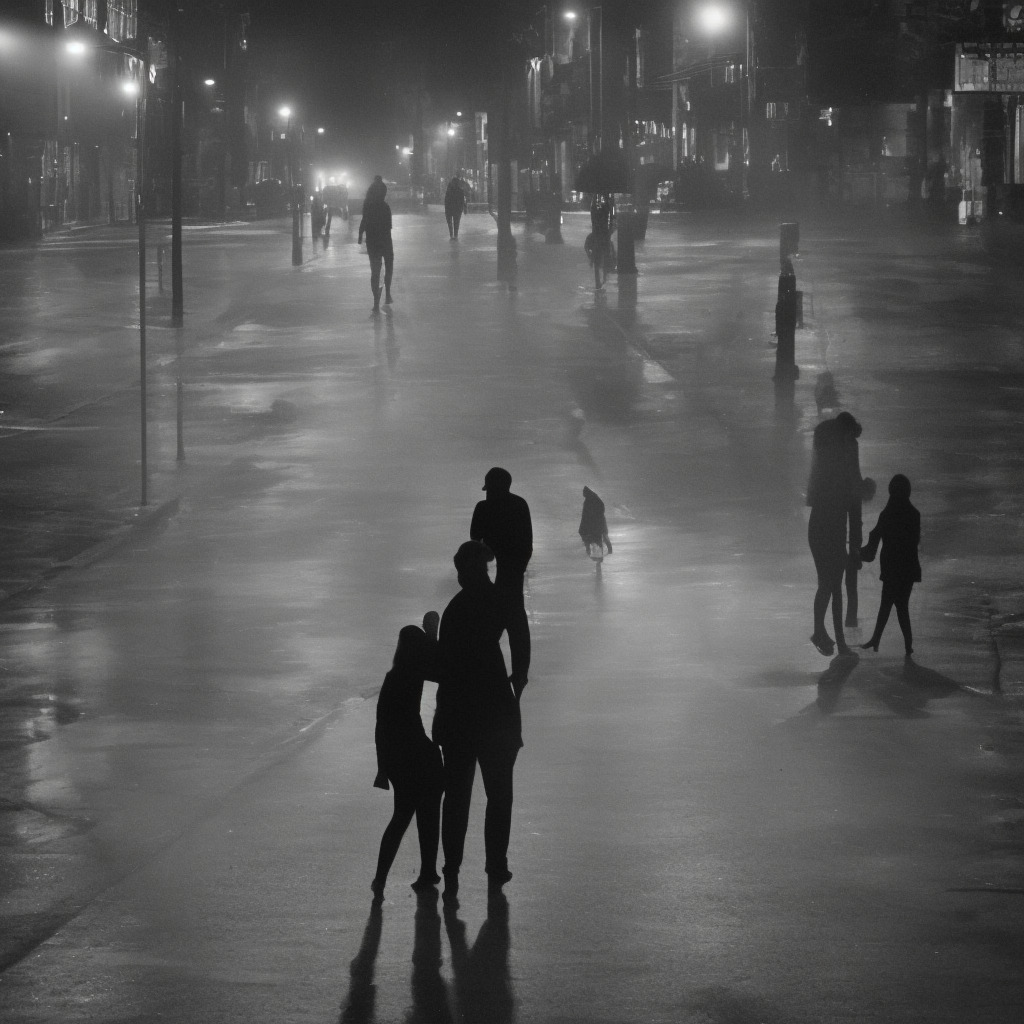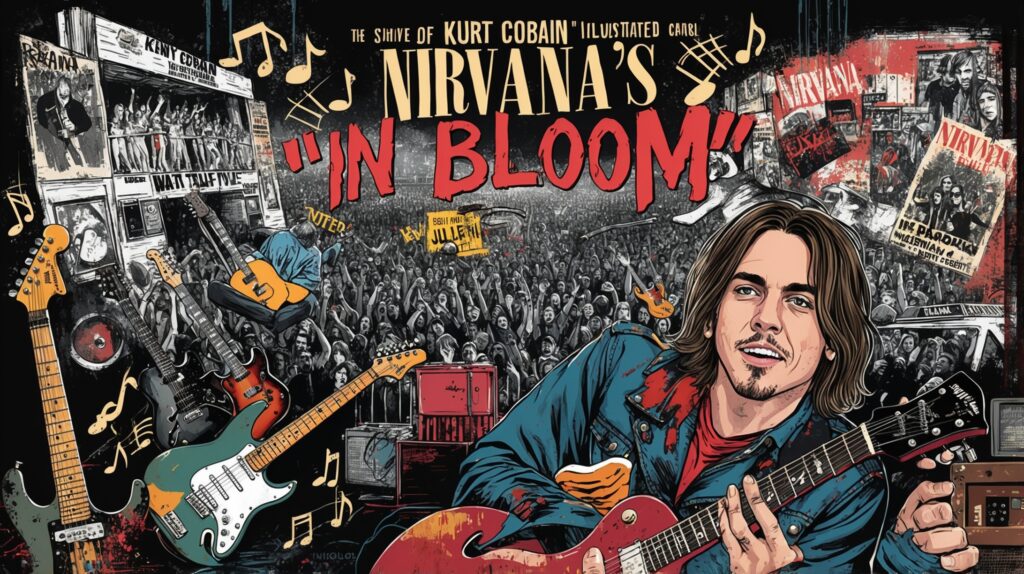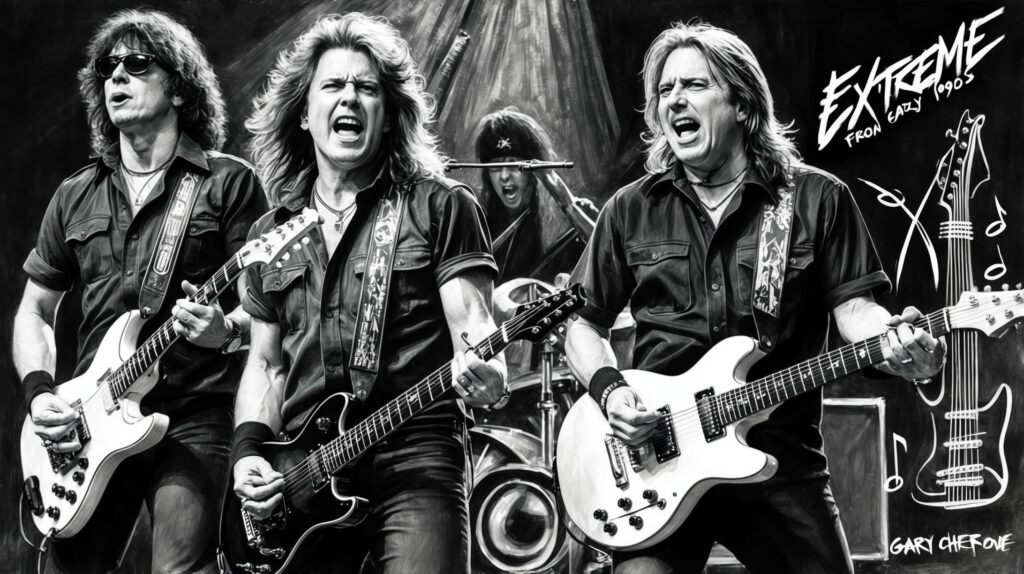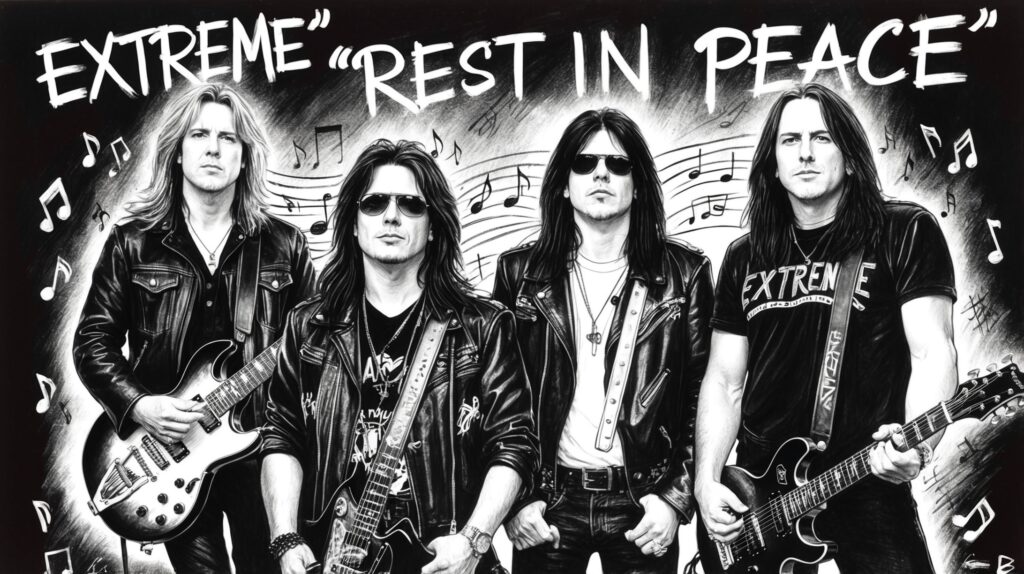? Did you know? #NineInchNails’ “The Day the World Went Away” was inspired by Trent Reznor’s late grandmother! A hauntingly beautiful tribute to love and loss. ? Turn it up and feel the goosebumps! ? #NIN #MusicTrivia #TDWWA ?? Read about it: tinyurl.com/nytt42ru
A Turning Point for Nine Inch Nails: Exploring the Depths of “The Day the World Went Away”
Dive into the haunting evolution of Nine Inch Nails with “The Day the World Went Away,” as we explore their boundary-pushing journey through alternative and industrial rock.
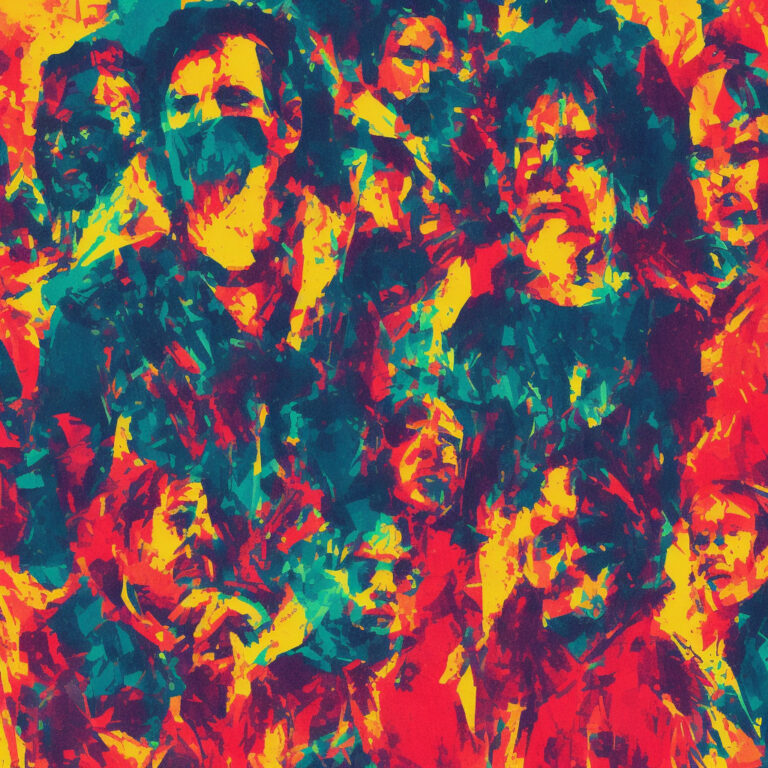
Nine Inch Nails (NIN), the brainchild of the multi-talented Trent Reznor, has been a force to be reckoned with in the world of alternative and industrial rock since the late 1980s. With a penchant for pushing the envelope through raw, emotional lyrics and innovative soundscapes, NIN has remained at the forefront of the music scene for more than three decades.
“The Day the World Went Away,” a standout track from their 1999 double album “The Fragile,” showcases a sonic departure for the band. Known for their harsh, abrasive sound, this song dials back the intensity, making way for a more atmospheric and melodic experience. With its haunting vocals, somber strings, and lack of traditional percussion, “The Day the World Went Away” showcases Reznor’s versatility as a songwriter and musician.
Nine Inch Nails has undergone several lineup changes throughout its history, with Reznor being the only consistent member. Notable past members include Richard Patrick (Filter), Robin Finck (Guns N’ Roses), and Chris Vrenna (Tweaker). The current lineup consists of Reznor on vocals and guitars, Atticus Ross on keyboards, and Ilan Rubin on drums, among other touring musicians.
Reznor and Ross’ partnership has proved fruitful not only for the band but also for their film scoring career. The duo has received numerous awards for their work in film, earning an Academy Award for Best Original Score for “The Social Network” (2010) and a Golden Globe for Best Original Score for “The Girl with the Dragon Tattoo” (2011), to name a few.
Despite their impressive resume, Nine Inch Nails has not been without controversy. While Reznor’s penchant for raw, unfiltered emotion has drawn in legions of fans, it has also led to criticism. Some have accused the band of glamorizing self-destructive behavior and promoting nihilism. It is worth noting, however, that Reznor has been open about his struggles with addiction and depression, and his music often serves as a form of catharsis for both the artist and the listener.
In summary, “The Day the World Went Away” is an emblematic track that highlights Nine Inch Nails’ ability to evolve and push boundaries. By examining the fascinating history of the band and the accolades they’ve received, it’s clear that NIN has left an indelible mark on the music landscape. While some may argue that their material veers into dark, disturbing territory, it’s this unapologetic honesty that has solidified their status as one of the most influential and respected bands in the history of alternative and industrial rock.
Charting the Journey of an Apocalyptic Anthem
Chart-topping Apocalyptic Anthem: Nine Inch Nails’ “The Day the World Went Away” defies convention with haunting melodies and striking visuals, cementing its legacy in alternative rock history.

Released on July 20, 1999, “The Day the World Went Away” quickly made its way onto the Billboard charts, solidifying its place in Nine Inch Nails’ impressive discography. This single was the first taste fans got of the highly anticipated double album “The Fragile,” and it did not disappoint.
Upon its debut, “The Day the World Went Away” entered the Billboard Hot 100 at an impressive #17, which was the highest position for a Nine Inch Nails single at the time. This achievement was particularly notable, given that the song was more than five minutes long and featured an unconventional structure and unconventional instrumentation for a mainstream rock song.
Trent Reznor’s haunting melodies and poignant lyrics resonated with fans and critics alike, leading to the single peaking at #1 on the Billboard Bubbling Under Hot 100 chart. It also had a strong showing on the Modern Rock Tracks chart, where it reached #11. Across the pond, the song found success on the UK Singles Chart as well, where it peaked at #31.
In addition to its chart success, “The Day the World Went Away” also garnered significant attention for its music video. Directed by Mark Romanek, the video featured striking visuals that complemented the song’s somber tone perfectly. It went on to receive a nomination for Best Art Direction at the 2000 MTV Video Music Awards.
While the song did not manage to maintain a long-lasting presence on the charts, its impact on the alternative rock scene and Nine Inch Nails’ fanbase remains undeniable. Twenty years later, “The Day the World Went Away” is still considered a powerful and evocative track that showcases the band’s ability to push boundaries and create truly memorable music.
Digging Deeper into the Lyrics
I’d listen to the words he’d say
but in his voice, I heard decay
the plastic face forced to portray
all the insides left cold and gray
There is a place that still remains
it eats the fear, it eats the pain
the sweetest price he’ll have to pay
the day the whole world went away
“The Day the World Went Away” by Nine Inch Nails is a song that serves as a poignant reflection of its era, with its lyrics hinting at deeper feelings of disillusionment and despair. Released in 1999, the song comes near the end of the 20th century – a time when people were questioning their place in a rapidly changing world, rife with technological advancements, shifting social dynamics, and the looming reality of the new millennium.
The lyrics of the song paint a bleak picture of the state of the world, as well as the narrator’s internal struggle. The line “in his voice, I heard decay” suggests that the narrator is listening to someone whose voice carries the weight of the world’s problems, such as environmental degradation or social decay. The “plastic face forced to portray” may be referring to the artificiality and facade that many people put on to cope with this state of the world, masking their true feelings of despair.
The second half of the lyrics offers a glimmer of hope, with the mention of a place that “eats the fear, it eats the pain.” This could be interpreted as a longing for a sanctuary where one can escape the harsh realities of the world, and perhaps find solace in the company of others who share their concerns. However, this sanctuary comes at a cost – “the sweetest price he’ll have to pay” – suggesting that the escape from the burdens of the world is not without sacrifice.
In the context of the era in which the song was written, “The Day the World Went Away” seems to embody a collective anxiety and uncertainty that was felt by many as the 20th century came to a close. The song’s lyrics, while cryptic, invite listeners to reflect on their own experiences and emotions, and consider the toll that living in such a complex and tumultuous time can take on a person’s psyche. The fact that the song remains relevant and resonant today is a testament to its powerful message and the universality of its themes.
A Visual Dive into “The Day the World Went Away”
Diving into a visual world crafted by fans, Nine Inch Nails’ “The Day the World Went Away” transcends its audio roots and breathes new life through creative, unofficial interpretations.
While the song “The Day the World Went Away” by Nine Inch Nails does not have an official music video, the fandom and creative community surrounding the band have taken matters into their own hands, developing various interpretations of the song through YouTube tributes and fan-made videos. These unofficial music videos have added a visual layer to the song, further enhancing the emotional journey of the listener.
One notable fan video was created by YouTube user “Version3point1,” which takes footage from the 1962 science fiction film “La Jetée,” directed by Chris Marker. The film’s monochromatic visuals and dystopian atmosphere blend seamlessly with the haunting melodies and thought-provoking lyrics of the song. The video intercuts scenes from the film with shots of Trent Reznor, the mastermind behind Nine Inch Nails, in a live performance of the song. The result is a poignant and chilling amalgamation of two art forms colliding, capturing the essence of “The Day the World Went Away” in a new light.
Another imaginative take on the song comes from the YouTube channel “OnePerfectShot,” which created a music video using footage from the 2009 film “The Road,” directed by John Hillcoat and based on Cormac McCarthy’s novel. The cinematic piece pairs the song’s apocalyptic and melancholic themes with the movie’s somber visuals of a father and son traversing a post-apocalyptic wasteland. This fan-made video not only showcases the power of editing but also demonstrates how the song’s themes can resonate with various visual narratives.
Despite the absence of an official music video for “The Day the World Went Away,” the creative efforts of the fan community continue to breathe new life into the song. These unofficial visual interpretations serve not only as an homage to the band and their artistry but also as a testament to the profound impact the song has had on its listeners. In a world where music videos can make or break a song’s success, it’s fascinating to see how this track has stood the test of time, with the fans taking a central role in defining its visual legacy.
The Mastermind Behind “The Day the World Went Away”
Trent Reznor, the composer and leading force behind the industrial rock band Nine Inch Nails, is known for his innovative and darkly dramatic soundscapes. In addition to composing “The Day the World Went Away,” he has created numerous other groundbreaking tracks throughout his career. Some of the most notable works include “Hurt,” “Head Like a Hole,” and “Closer.” As the creative genius behind Nine Inch Nails, Reznor has continued to evolve and push the boundaries of the music genre, making him an influential figure within the industry. Besides his work with the band, Reznor has also lent his talents to film and television, collaborating with Atticus Ross on the scores for “The Social Network,” “Gone Girl,” and the HBO series “Watchmen.”
Awards, Accolades, and Impact
“Nine Inch Nails’ monumental track ‘The Day the World Went Away’ transcends genres and mediums, earning accolades and permeating pop culture with its haunting melody and enduring impact.”
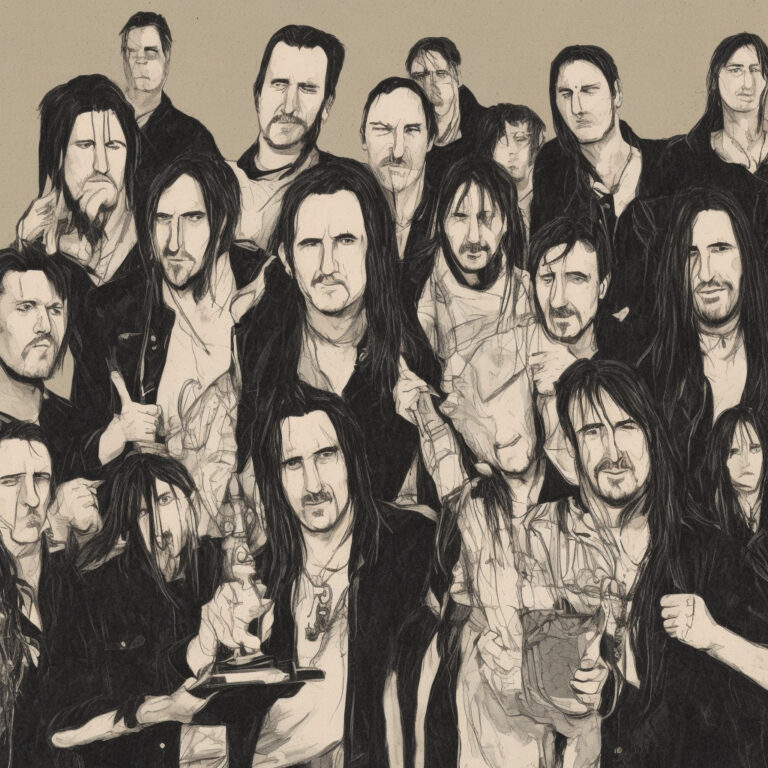
“The Day the World Went Away” holds a special place in the world of alternative and industrial rock. Released in 1999 as a single from Nine Inch Nails’ third studio album “The Fragile”, it immediately captured the attention of fans and critics alike. The song peaked at number 17 on the US Billboard Hot 100, and this achievement notably marked the highest-charting single in the band’s history until their 2005 hit “The Hand That Feeds”.
As for awards and accolades, the song received a well-deserved Grammy nomination for Best Hard Rock Performance in 2000. Although it didn’t take home the award, it proved the undeniable impact and influence of Nine Inch Nails in the music industry.
“The Day the World Went Away” has further solidified its status in popular culture by appearing in various forms of media over the years. It has been featured in movies, such as the psychological thriller “The Final Destination” (2000) and the science fiction film “Terminator Salvation” (2009) with an exclusive remix named “The Day the World Went Away (Quiet)” adding a unique touch to the latter’s soundtrack. In television, the hit series “Person of Interest” included the song in one of its 2016 episodes. Video game enthusiasts might have also recognized the track in the promotional trailer for the 2013 post-apocalyptic game “The Last of Us”.
Cover versions of “The Day the World Went Away” have emerged over time, paying tribute to its musical brilliance. One notable rendition is by electronic duo The Anix, who showcased their own dark and hypnotic interpretation of the song in their 2018 album “Shadow_Movement”. Other artists, such as the orchestral rock band Mother Falcon and experimental noise project Apoplexy, have also released covers that highlight the song’s various sonic elements, further emphasizing its versatility and wide appeal.
As a powerful and haunting piece of music, “The Day the World Went Away” continues to resonate with listeners worldwide, securing its status as a cherished gem in Nine Inch Nails’ prolific discography.
Dissecting the Intricacies of the Track
As we delve into the technical aspects of “The Day the World Went Away,” we find that the song is composed in the key of D minor, which contributes to the track’s dark and haunting atmosphere. The song employs a fairly simple chord structure, primarily relying on the chords Dm, Bb, G, and F throughout the verses and the chorus. This simplicity, however, belies the complexity of the other elements of the song, allowing the listener to focus on the intricate layers of sound that Trent Reznor, the mastermind behind Nine Inch Nails, is renowned for.
One of the most striking features of “The Day the World Went Away” is its tempo. The song has an eerie, almost sluggish pace, with a BPM (beats per minute) of around 65. This slow tempo is somewhat atypical for Nine Inch Nails, a band known for its aggressive, fast-paced industrial sound. However, this departure from their usual style only adds to the song’s emotional weight, evoking a sense of loss and despair that permeates the entire track.
In terms of instrumentation, Reznor employs a variety of both traditional and electronic elements to create an intricate sonic landscape. The song opens with a simple, haunting guitar riff that sets the tone for the rest of the track. As the song progresses, layers of distorted guitars, synths, and ambient noise are added, culminating in a cacophony of sound during the chorus. At the same time, the lack of traditional drums in the track is notable, with Reznor opting instead for subtle, sporadic percussive elements that further contribute to the song’s eerie atmosphere.
One aspect that sets “The Day the World Went Away” apart from many other Nine Inch Nails songs is its use of dynamics. The track moves seamlessly between moments of quiet introspection and explosive power, with the chorus being especially notable for its sudden, dramatic increase in volume and intensity. This dynamic contrast serves to heighten the emotional impact of the song, taking the listener on a journey through the various stages of grief and loss.
In summary, “The Day the World Went Away” is a masterclass in musical composition and production, with its intricate layers of sound, slow tempo, and dynamic contrast all serving to create a deeply emotional and haunting listening experience. The song stands as a testament to Reznor’s ability to push the boundaries of his music, exploring new and innovative ways to convey emotion through sound.

